UPD BT Begin Rollout of Vectoring to Fix FTTC “Fibre Broadband” Speeds
BTOpenreach has confirmed that VDSL2 Vectoring (ITU-T G.993.5), which reduces crosstalk interference on ‘up to’ 40-80Mbps FTTC “fibre broadband” lines and thus improves service speeds, is now being deployed beyond trial areas; specifically focusing on “areas where it delivers the most benefit to customers“.
The technology, which is also known as Self-FEXT Cancellation, was originally created several years ago in order to tackle an irritating problem where lots of active copper VDSL2 (FTTC) lines would effectively create interference for one another.
Advertisement
The result of this crosstalk interference is that FTTC connections can suffer a significant fall in download and upload speed (experiences vary but -10% to -30% performance loss isn’t unknown). As such Vectoring works a bit like noise cancelling headphones and coordinates the copper VDSL2 line signals in order to remove most of that interference.
The Trials (2013 – 2015)
Openreach has been running trials of this technology since 2013, initially starting in Barnet (London) and Braintree (Essex) before expanding out to many more FTTC street cabinets (100 DSLAMS) at the start of this year (here). Related technologies, such as Seamless-Rate-Adaptation (SRA) and Physical Retransmission (G.INP), have also been tested alongside; although G.INP’s roll-out was a bit.. bumpy (here).
The early Vectoring trials were not exactly plain sailing either and Openreach had to overcome a few technical problems in order to find the best approach, although we have observed some example lines where ISP customers saw most of their original service performance return to normal. It’s also important to reflect that Vectoring works best when the end-users hardware (e.g. home routers and VDSL modems) supports it, which in some cases may require a firmware update or hardware replacement.
Last year Openreach clarified to ISPreview.co.uk that vectoring would have the “most impact” on copper lines between 50m and 500m (metres) from the street cabinet (note: most of these should already be getting “superfast” speeds), but beyond 500m the vectoring impact reduces and “very little gain” was seen past 1.5km. It’s also understandably more of a problem in areas with lot of active FTTC lines.
Advertisement
At this point it should be increasingly clear that Vectoring is more about fixing a problem that exists in the environment rather than pushing VDSL2 lines faster than they were theoretically already capable. As BT’s Head of Access Platform Innovation, Kevin Foster, said in 2013: “Vectoring is seen as a speed enabler rather than a speed booster.”
Casting Some Doubts Aside
Recently there has been some speculation about the future of Vectoring on FTTC lines, not least because BT’s forthcoming (2016/17) commercial roll-out of ultrafast 500Mbps+ capable G.fast broadband technology (here) would appear to make spending money on Vectoring upgrades less attractive. On top of that Vectoring is no longer listed on BTWholesale’s latest Broadband Roadmap for the near-term future.
Similarly it has also been suggested by some that the technology may only end up appearing in areas upgraded through the Government’s Broadband Delivery UK programme with BT, although an Openreach spokesperson indicated to us that this was not correct.
Openreach has now informed ISPreview.co.uk that Vectoring on FTTC lines is still a “key part” of their toolkit and they are continuing to “test and develop its capabilities“. Crucially they’ve also started deploying Vectoring outside of the trial areas, focusing specifically on FTTC street cabinets / areas where the benefit of its deployment would be most keenly felt. Sadly Openreach was not able to offer any further details.
Advertisement
As it stands BT’s focus going forwards is likely to be increasingly directed towards their future G.fast upgrades. As a technology G.fast has been a lot less hassle to test and implement than FTTC Vectoring, although the outcome of BT’s real-world trials may yet impact their plans (these are about to begin).
UPDATE 19th June 2015
We have been pressing Openreach to hopefully clarify more about their plans, not least in regards to ECI support and initial deployment locations, but sadly we’ve been told that there is nothing further they wish to add.
At this time we’re informed that their original remarks still stand, which is that Vectoring is deploying outside of trial areas but only in certain places where it will benefit customers most. We still choose to view this as being a reference to a very limited deployment and should not be confused with a full scale commercial roll-out.
As we said above, G.fast appears to be BT’s primary forward direction and it makes little sense to spend big on FTTC Vectoring when they occupy a similar timeframe.
Mark is a professional technology writer, IT consultant and computer engineer from Dorset (England), he also founded ISPreview in 1999 and enjoys analysing the latest telecoms and broadband developments. Find me on X (Twitter), Mastodon, Facebook, BlueSky, Threads.net and Linkedin.
« BT TV Scoops ‘Walking Dead’ Spinoff Series ‘Fear the Walking Dead’
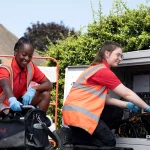

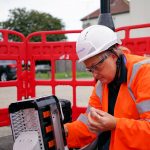
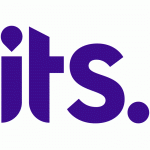


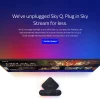
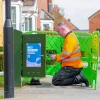

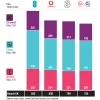








































Comments are closed